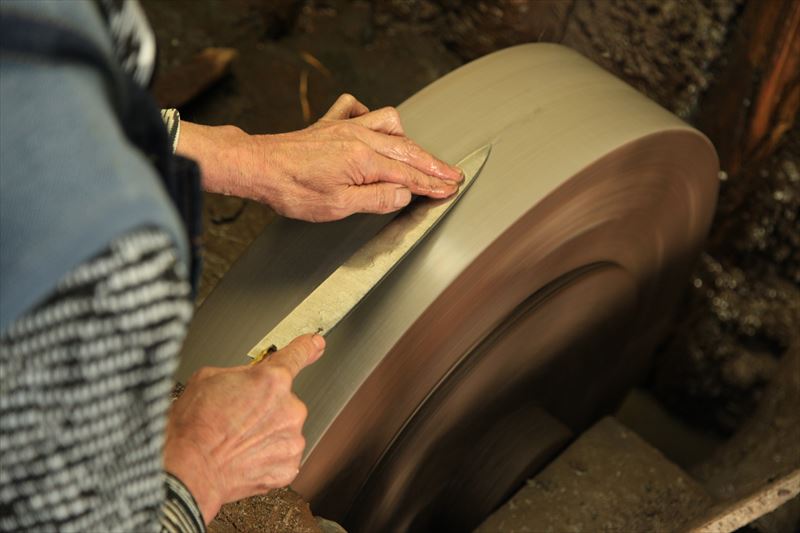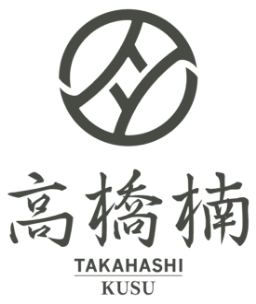Knife Blog
Archive
Search within Knife blog
Grinding in Sakai
07/30/2016Sakai Knives

As I said several times, manufacturing process of Sakai knives is a division of work:forging, grinding and attaching handles. After craftsmen make bases of knives at the stage of forging, craftsmen at the stage of grinding make the bases of knives sharp. Today, I introduce the process of grinding.
It is said that the process of grinding has around 16 processes and the processes are divided mainly into grinding, sharpening, cleaning and finishing.
First, craftsmen remove distortion and dirt of knife bases. Then, they grind knife bases.
Next, they make knife bases flat from the left side to the right side. In this process, they separately use artificial grinding stones and natural ones. I will explain about artificial grinding stones and natural ones in another blog.
Third, they create depression (we call it “Urasuki”) on the backside of knives and create a line between flat body of a knife and start of cutting edge area (we call it “Shinogi.”) When they find awkward depression in this process, they adjust the depression by using hammer and gad.
Next is sharpening by using fine grinding stones.
Fifth, they make the surface of knives fine by buffing. Then, they make knives shine by using edge grain of Japanese cedar, which is unique process in Sakai.
Finally, they make steel part of knives shine by using rubber with powder of natural grinding stones. We call it “Honkasumi.”
In the process of grinding, they use grinding stones so that distortions are often made. In every stage, they adjust the distortions again and again. Eventually one blade is created.


